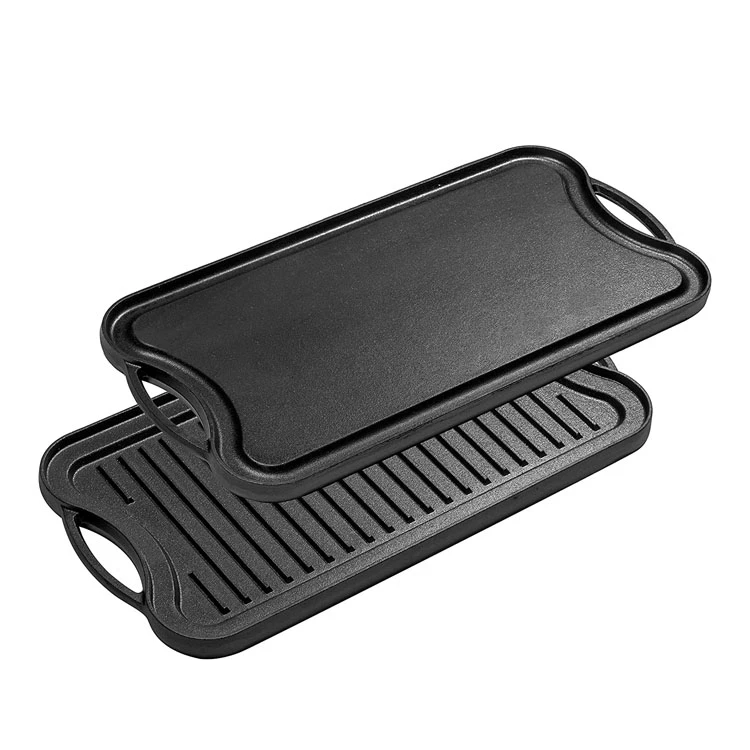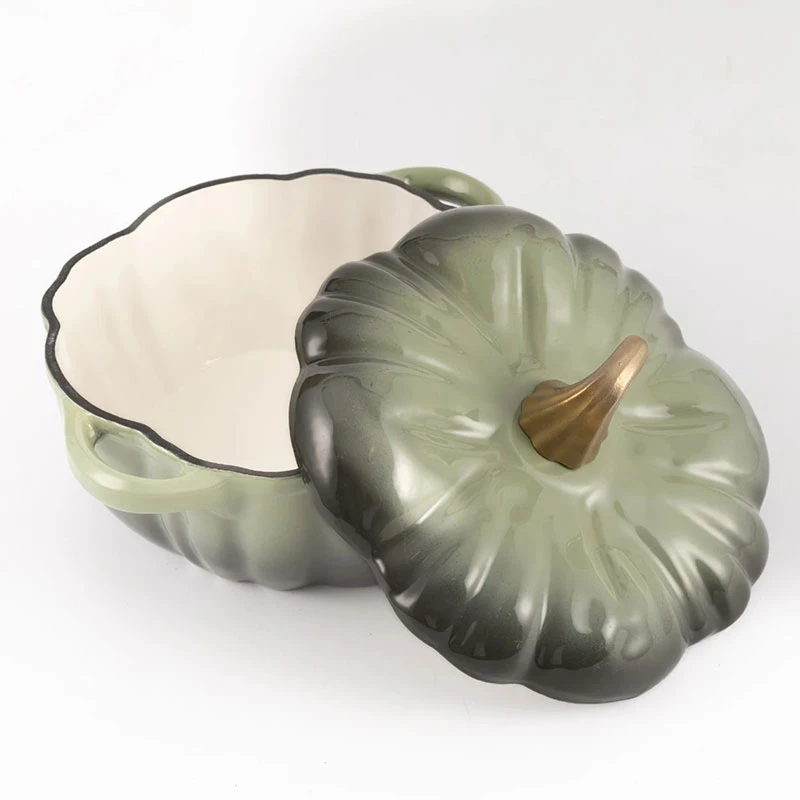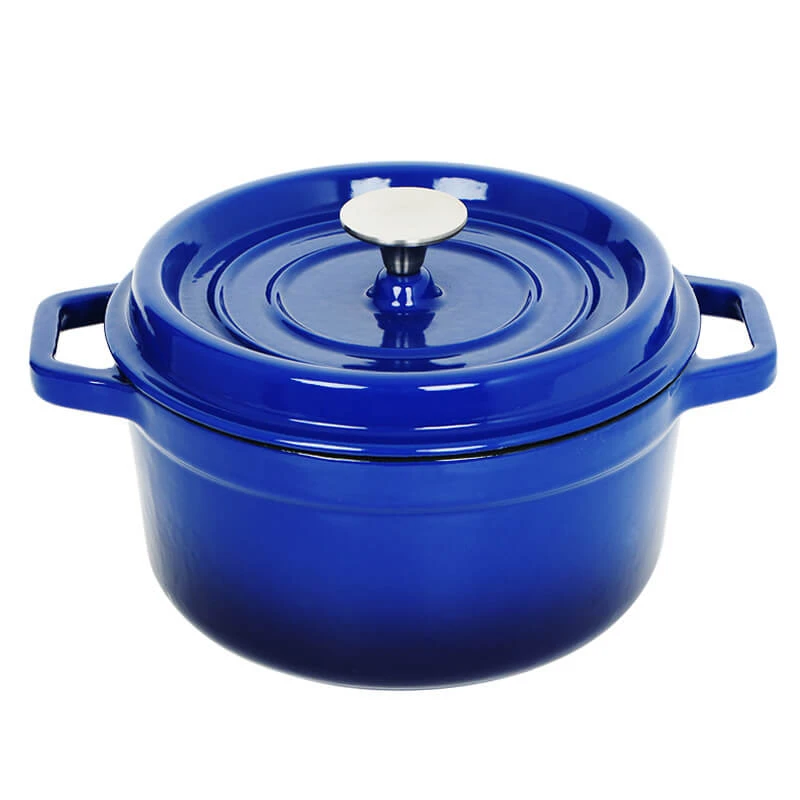
good skillets
The Versatility and Functionality of Good Skillets
When it comes to kitchen essentials, few items are as versatile and indispensable as a good skillet. Ideal for a multitude of cooking methods, skillets are a must-have for both amateur cooks and seasoned chefs alike. This article delves into the importance of investing in quality skillets, the various types available, and tips for maintaining them.
The Importance of Quality
A good skillet can serve as the cornerstone of your cooking arsenal. The quality of the skillet significantly impacts the cooking process, the flavors of your dishes, and the overall kitchen experience. High-quality skillets provide better heat distribution, ensuring that food cooks evenly without burning. They are typically made from durable materials, which means they can withstand high temperatures and frequent use.
Investing in a good skillet can enhance your culinary skills. When you have reliable cookware, you are more likely to experiment with new recipes and cooking techniques. Whether you are searing meat, sautéing vegetables, or preparing a delicate omelet, a good skillet makes the process smoother and more enjoyable.
Types of Skillets
Skillets come in various materials, each with its unique advantages. Here are some popular types
1. Cast Iron Skillets Known for their exceptional heat retention and even cooking, cast iron skillets are ideal for frying, baking, and even grilling. They can be used on the stovetop or in the oven, making them incredibly versatile. Although they require a bit of maintenance — such as seasoning to maintain their non-stick properties — a well-cared-for cast iron skillet can last a lifetime.
2. Stainless Steel Skillets These skillets are perfect for browning meat and creating fond for sauces. They are non-reactive and ideal for cooking acidic foods. While they don’t have the same non-stick properties as other materials, using enough oil can prevent food from sticking.
3. Non-Stick Skillets The ease of use and convenience of non-stick skillets make them a popular choice, especially for cooking delicate items like eggs and pancakes. However, they are not ideal for high-heat cooking and can wear out over time, making it important to follow care instructions.
good skillets

4. Copper Skillets Renowned for their excellent thermal conductivity, copper skillets offer precise temperature control, making them ideal for delicate sauces and sautéing. They typically have a lining of stainless steel or tin to prevent reactions with certain foods.
Maintenance Tips
Caring for your skillet can prolong its life and maintain its optimal cooking performance. Here are some tips for different types of skillets
- Cast Iron Clean with hot water and a stiff brush. Avoid soap, as it can strip the seasoning. Dry immediately and apply a thin layer of oil before storing.
- Stainless Steel After cooking, let the skillet cool slightly before washing it with warm, soapy water. For tough stains, a paste of baking soda and water can work wonders.
- Non-Stick Use only silicone or wooden utensils to avoid scratching the surface. Clean with a soft sponge and avoid using metal scrubbers.
- Copper To maintain its shine, use a copper cleaner and avoid abrasive materials that can scratch the surface.
Conclusion
A good skillet is truly invaluable in the kitchen, offering a combination of versatility, functionality, and long-lasting quality. By understanding the different types of skillets available and adhering to simple maintenance practices, you can elevate your cooking experience. Whether you're preparing a weekday meal or entertaining guests, the right skillet will make every dish shine. So, invest wisely, care for your cookware, and let your culinary creativity flourish!
-
Authentic Traditional Chinese Wok for High-Performance CookingNewsAug.02,2025
-
Season Cast Iron Perfectly with GPT-4 Turbo TipsNewsAug.01,2025
-
High Quality Cast Iron Cookware - Baixiang County Zhongda MachineryNewsAug.01,2025
-
Premium Cast Iron Pan: Durable & Perfect HeatNewsAug.01,2025
-
High Quality Kitchen Durable Black Round Cast Iron Cookware Pancake Crepe Pan-Baixiang County Zhongda Machinery Manufacturing Co., Ltd.NewsAug.01,2025
-
Cast Iron Cookware - Baixiang County Zhongda Machinery | Nonstick, Heat ResistanceNewsAug.01,2025


